GenAI adoption: A pragmatic roadmap for companies seeking impact
At Artefact, we have designed a proven methodology to help corporations move from exploration to sustainable impact. This article explains the journey, the challenges, and the pragmatic steps to success.















